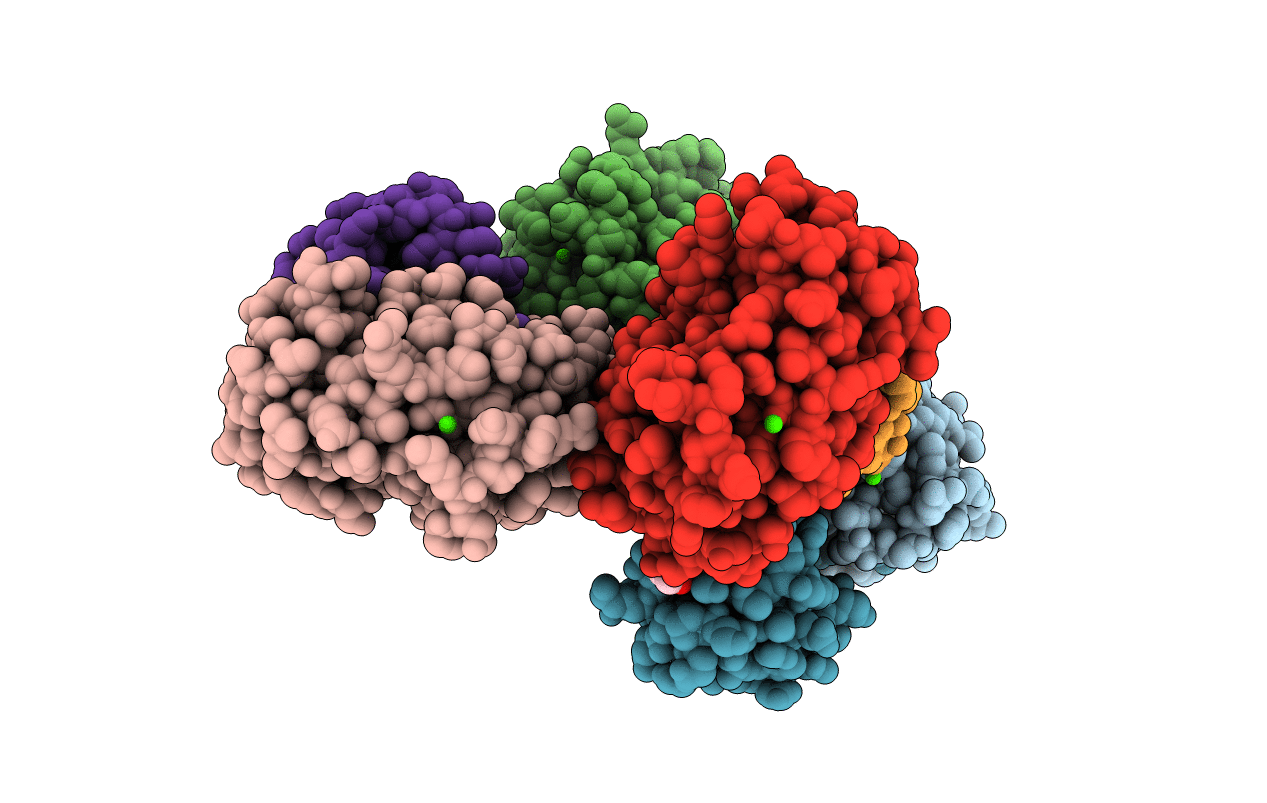
Deposition Date
2020-08-02
Release Date
2020-10-21
Last Version Date
2023-10-18
Entry Detail
Biological Source:
Source Organism:
Hazara orthonairovirus (Taxon ID: 1980522)
Homo sapiens (Taxon ID: 9606)
Homo sapiens (Taxon ID: 9606)
Host Organism:
Method Details:
Experimental Method:
Resolution:
2.78 Å
R-Value Free:
0.27
R-Value Work:
0.23
R-Value Observed:
0.23
Space Group:
P 1 21 1


